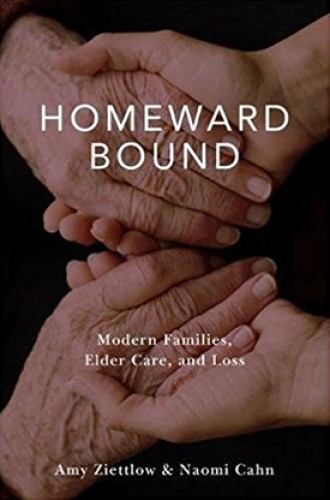Where should the stepkids sit at the funeral?
As family configurations change, so does pastoral care.
Baby boomers are retiring and will constitute about 20 percent of the population by the next decade. Coupled with impending changes in our national health-care policies, this reality raises questions for people facing their later years and those who hope to care for them.
When I was a pastor, respect for the elderly was built into the ethnic makeup of our community, and families often incorporated their aging members into their households. It all seemed to unfold smoothly. Amy Ziettlow and Naomi Cahn show how this caring activity is becoming more complex and sometimes agonizingly difficult to navigate. Ziettlow, a Lutheran pastor and affiliate scholar with the Institute for American Values, and Cahn, who teaches law at George Washington University Law School, conducted extensive research in Baton Rouge and New Orleans.
The authors show that how a family cares depends to a large extent on the structures that shape it. The family structures examined in this study—“married parent/single parent families” and “re-married families”—affect shared understandings about values, expectations of each family member’s role in caregiving, and how the grieving process is lived out. They even determine who sits where at the funeral.





